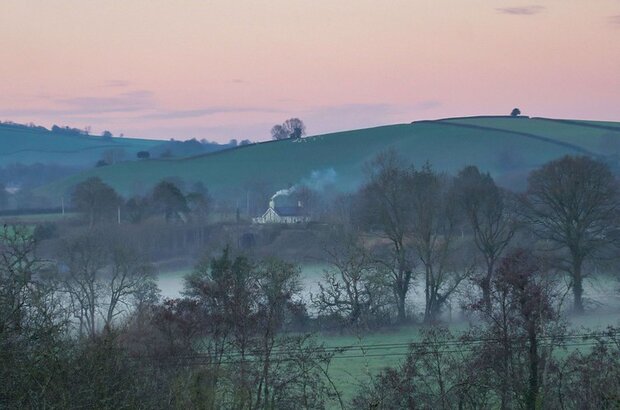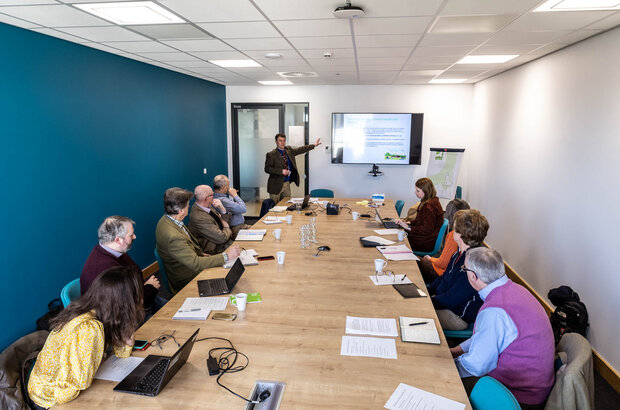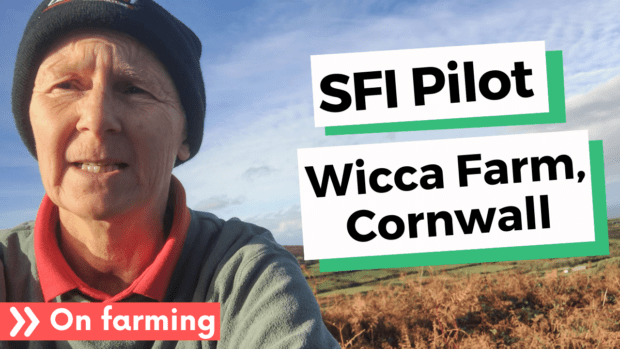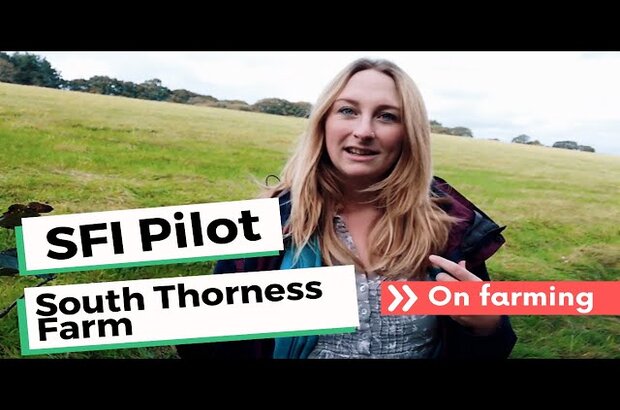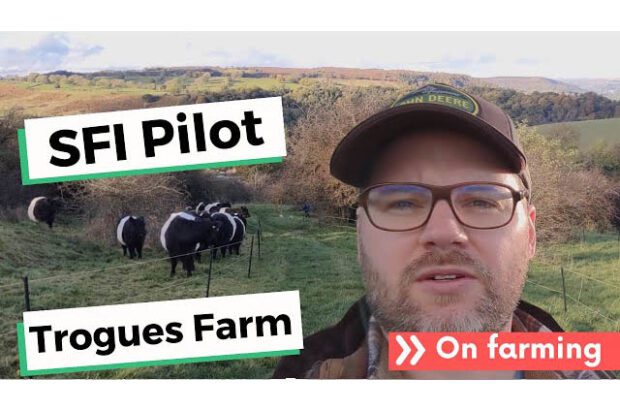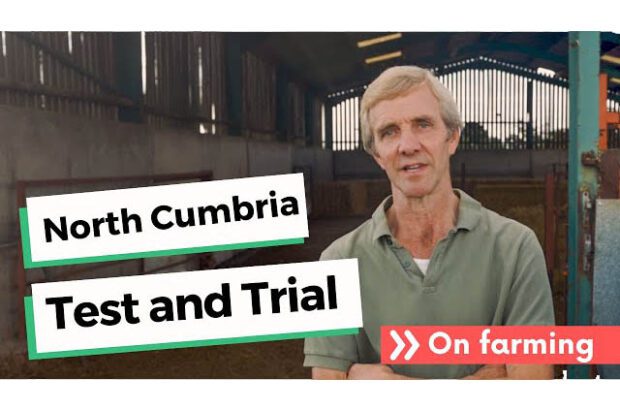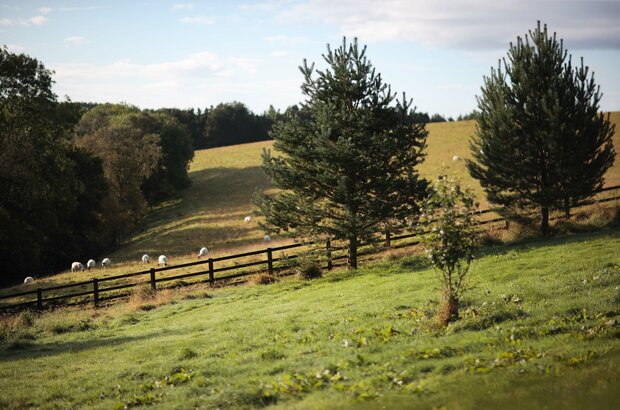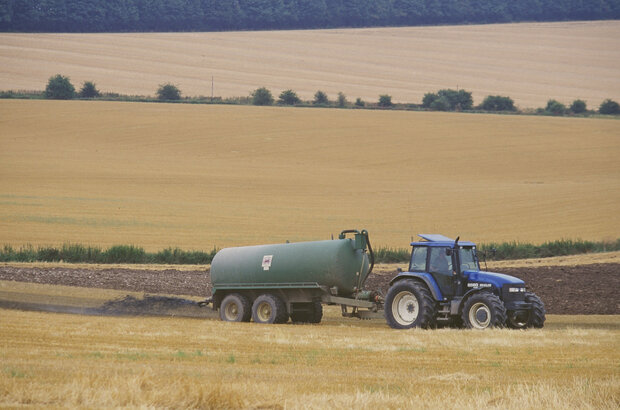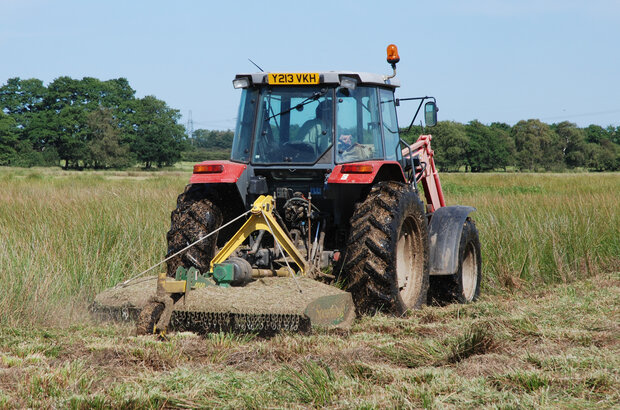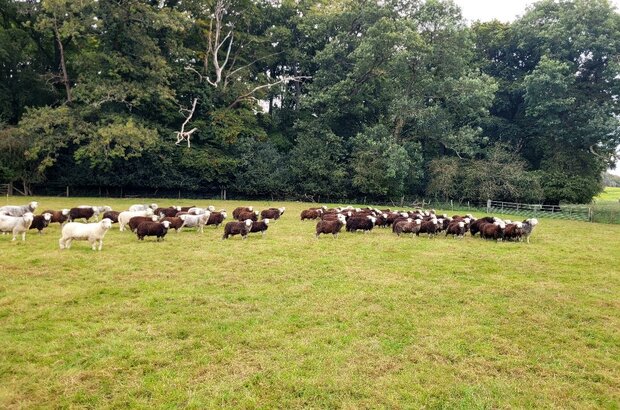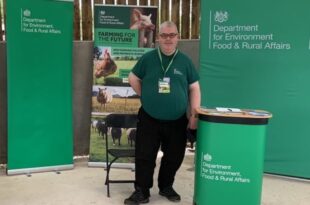Things we've learned
In this, the first blog post of the year, I’d like to share two updates with you and explain the rationale behind them. The first update is a change to Countryside Stewardship payment rates. The second is the introduction of the Sustainable Farming Incentive Management Payment.
Farmers, vets, industry representatives, and colleagues in government are shaping the Animal Health and Welfare Pathway together. The first step of the pathway is the Annual Health and Welfare Review. In this post, we share how we used co-design to create the yearly vet visits.
Rose Nankervis manages Wicca Farm on the north coast of Cornwall. In this video, Rose explains why she decided to take part in the Sustainable Farming Incentive pilot.
The Brooks Family joined the pilot to help us improve the Sustainable Farming Incentive. For over a century, the family has worked on South Thorness Farm, which is found on the north-west coast of the Isle of Wight, within the Hamstead Heritage Coast Area Of Natural Beauty. Listen to how sisters Jess and Sarah, along with their parents Adrian and Joyce, run through the management of their farm and their decision to join the pilot.
We asked farmers helping us co-design the Sustainable Farming Incentive to share their experience in a video diary. In this video, Michael Orchard gives us a tour of his livestock farm in the Peak District National Park. He shares the improvements he’d like to see come out of the Sustainable Farming Incentive pilot.
We're developing schemes that reward environmental land management. To make sure that those schemes work in practice, farmers and land managers across England are putting elements of those schemes to the test. It's one of the ways though which we're carrying out co-design. In this video, the North Cumbria Farmers Group share what they've been doing to help shape the future of our schemes.
Some farming and land management activities are regulated to safeguard our environment and to protect the health of animals, plants and people. We do this through around 150 pieces of legislation, comprising primary and secondary legislation. All of this legislation applies to agricultural activity, and collectively constitutes what is known as the ‘regulatory baseline for agriculture’. This is a complex legislative picture and is not easy to navigate – we intend to improve and evolve this baseline in future as part of our agricultural transition outside of the European Union (EU).
Slurry contains lots of nutrients including nitrates, phosphate and potash as well as a host of other things that can benefit soil health and support crop growth. It can, however, create significant pollution to our water and air. Through co-design, our team joined with a group of farmers, industry leaders and experts to explore the subject. In this post, we’ll share what we’ve learned and how we plan to support farmers so that nutrients from slurry aren’t lost, that any damage to our environment is reduced and farmers aren’t dependent on expensive artificial fertilisers.
It can be difficult for farmers who wish to retire or leave the industry to do so. A lack of capital can prevent them. We think that our Lump Sum Exit Scheme could help them. Last year, we ran a consultation with farmers and other experts, and the findings supported this view. In this post, I'll share a summary and our response. I'll also cover delinked payments and an opportunity for you to help shape our work.
Farm visits help us to better understand how farmers work and what’s important to them. In this post, I'd like to share what I learned during my visit to Hampden Bottom Farm in Buckinghamshire.
